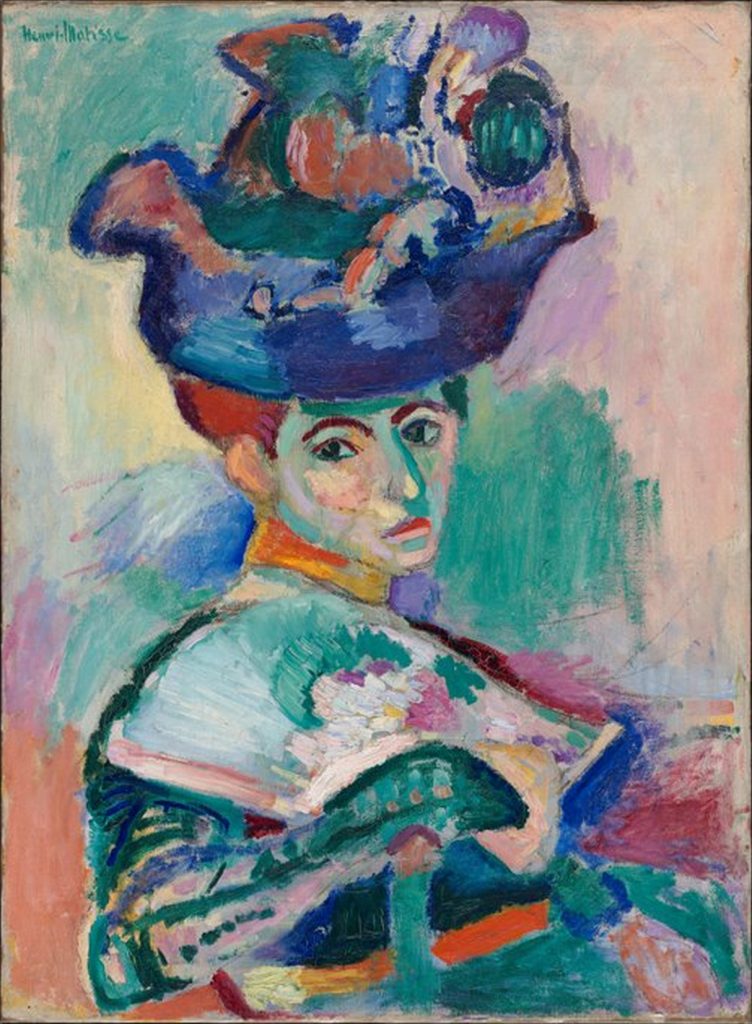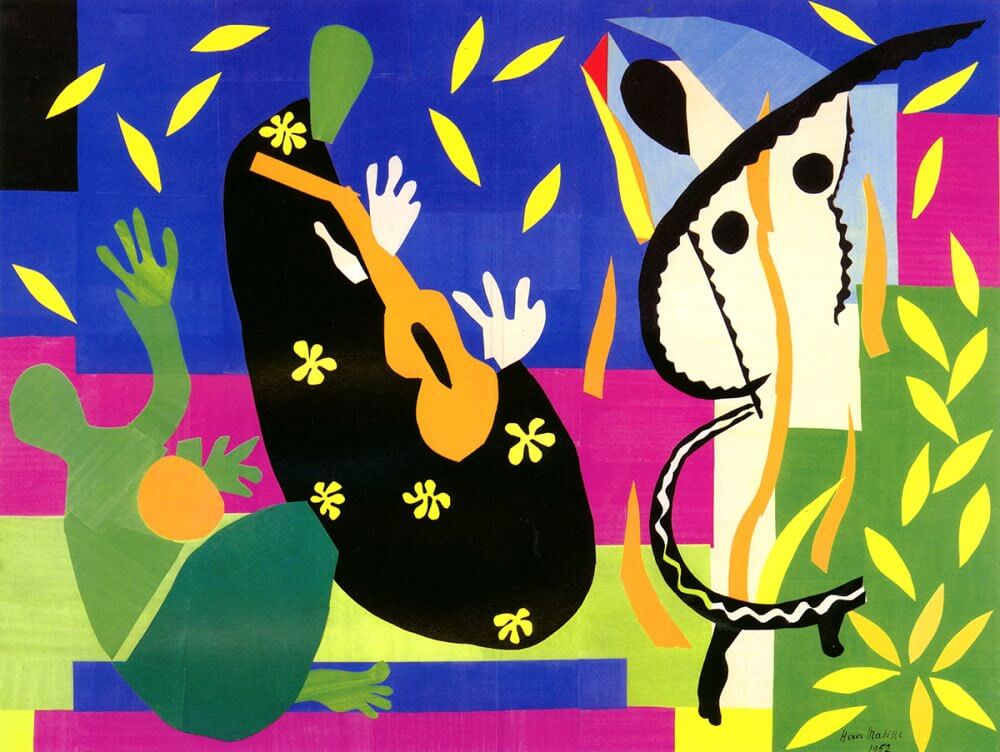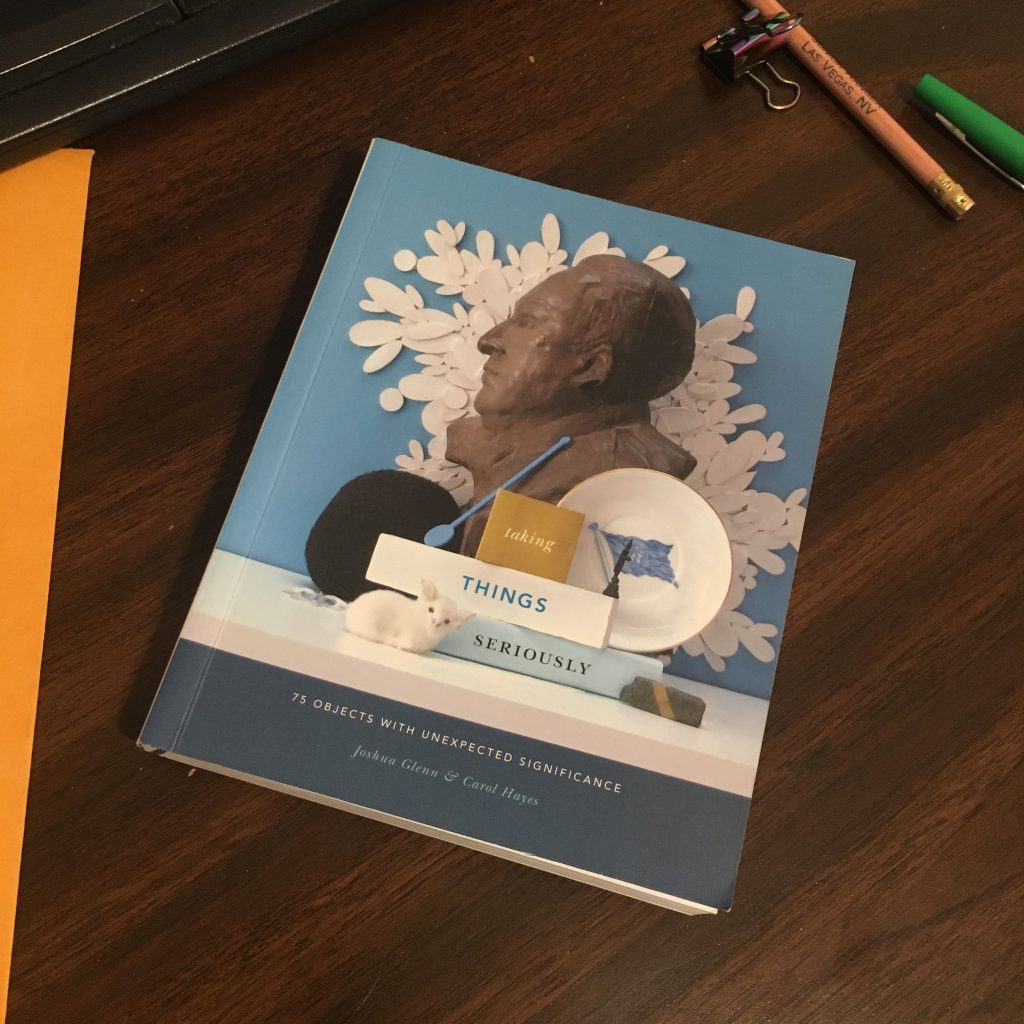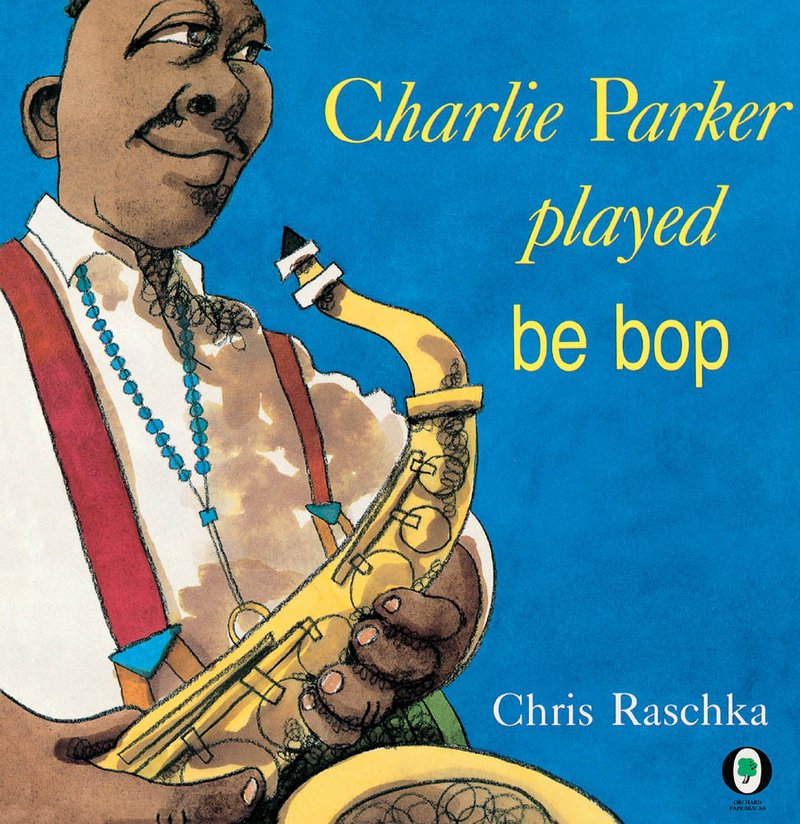I made two mistakes in reading this book. I read the blurb in the back which colored my expectations of what was to come, and then I read a couple reviews which tinted my perception of what I just read.
Normally that’s not a big deal, but I don’t think either those are good dynamics when I’m going to publish my own book report. However, lesson learned, so here are a few thoughts of that may be more or less original.
Pinball, 1973 and Hear the Wind Sing are ultimately forgettable novels. After completing this one, I’m quite certain I’ve read these two books in the past. I just can’t remember when or where.
That sounds like an vicious indictment, but I don’t mean it that way. reading Murakami is like floating down a lazy river on a moderately warm afternoon.
In that goal he succeeds thoroughly, even for his freshman and sophomore attempts. By the time you’ve completed each book you feel as if you are the protagonist who just recounted a tale from your own distant past, hazy muted memories of an incredibly strange and ordinary event.
However, I understand why Murakami was hesitant to re-publish these books in English. I would not recommend this pair as an introduction to his works, but I am grateful that he allowed them to be issued again. Everything that is special about his later works is embedded in these stories, just not as much.
I also see why these two novellas were published combined in a single volume. I don’t think Pinball, 1973 would make any sense on its own. It relies so heavily on the first book that I would say it this second novel is an extended coda. The two boys in the first book have moved on to their separate lives, and their stories are entwined only because of what you learned in the first book.
Beyond such dry analysis, it is worth mentioning that this book still tinkles the little bells buried in the depths of your soul. However it will resonate differently depending upon your age.
Murakami wrote this work in his early thirties, dead center between my college years and my current comfortable government life in the burbs. Twenty years ago, I would have identified strongly (too strongly) with the protagonists as they were navigating the moment. Now, I sit with the narrator as he relives his memories of a bittersweet past.



